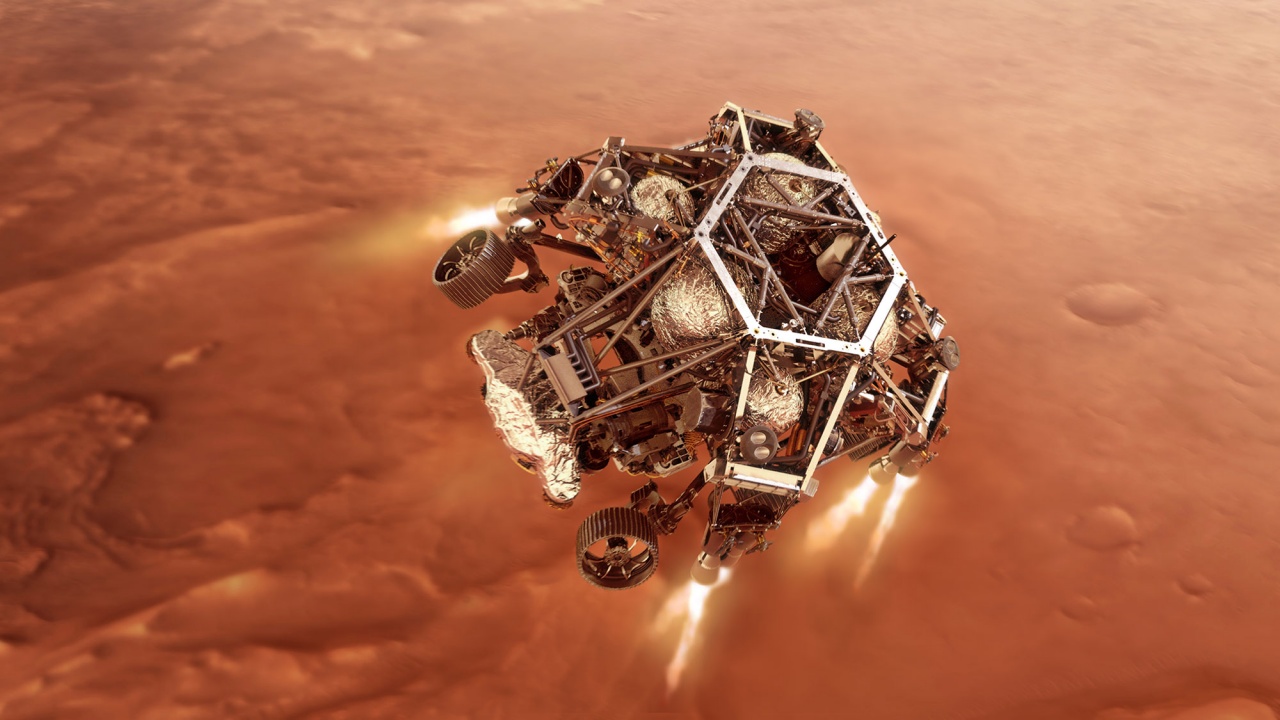The rover Perseverance found mysterious stones at the bottom of the crater Jezero, show photos from the Red Planet, obtained by the American space agency NASA. The device captured the bottom of an ancient lake covered with numerous stone formations, as well as part of a rock with dark areas on the surface, Monitor writes.
The NASA team is yet to investigate whether the rock formations are of volcanic or sedimentary origin. Volcanic rocks are a kind of geological clock that would help study the history and evolution of the Lake, and sedimentary rocks are a potential “chronicle” that may have preserved traces of past life, if there was one on Mars.
Using a camera called WATSON attached to the end of Perseverance’s robotic arm, the rover took detailed pictures of the rocks. A pair of scalable cameras giving the Mastcam-Z the image of the rover’s “head” also explored the terrain. A laser instrument called SuperCam has studied the chemical composition of rocks. These tools and others allow scientists to gain more and more in-depth knowledge of the Jezero crater, NASA said in a statement.
Perseverance’s task is complicated by the fact that the rocks around it have been eroded by the wind over time and are covered with younger sand and dust.
“When you look at a rock, you see the story,” said Ken Farley of Caltech, part of the Perseverance project team.
Although the rover does not have a hammer, it has other ways to peek into the layers of the millennia. It can use an abrasive to grind and level the surface of the rock, revealing its internal structure and composition. Once this is done, the team has the opportunity to gather more detailed information on the chemical and mineral composition using shoulder instruments called PIXL (Planetary Instrument for X-ray Lithochemistry) and SHERLOC (Habitat Scanning with Raman & Luminescence for Organics & Chemicals).
“The more rocks you look at, the more you learn,” Farley notes.
The main goal of Perseverance’s mission is to study astrobiology, including the search for signs of ancient microbial life. The rover will study the geology of the planet and the past climate, pave the way for the study of the Red Planet by humans and will be the first mission to collect and seal Martian rocks and regolith (crushed rocks and dust).
Subsequent NASA missions, in collaboration with the European Space Agency (ESA), will send spacecraft to Mars to take the rock samples sealed by the rover and return them to Earth for in-depth analysis.
2201
3
–


